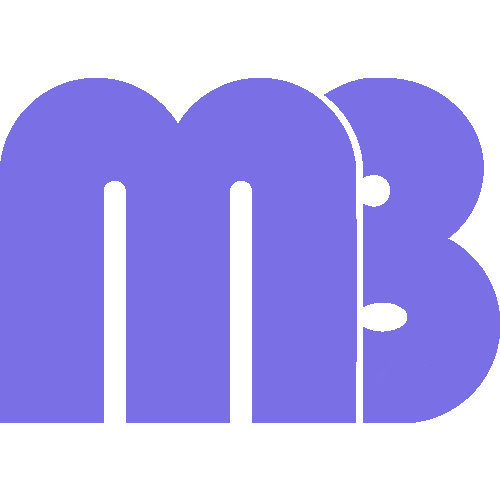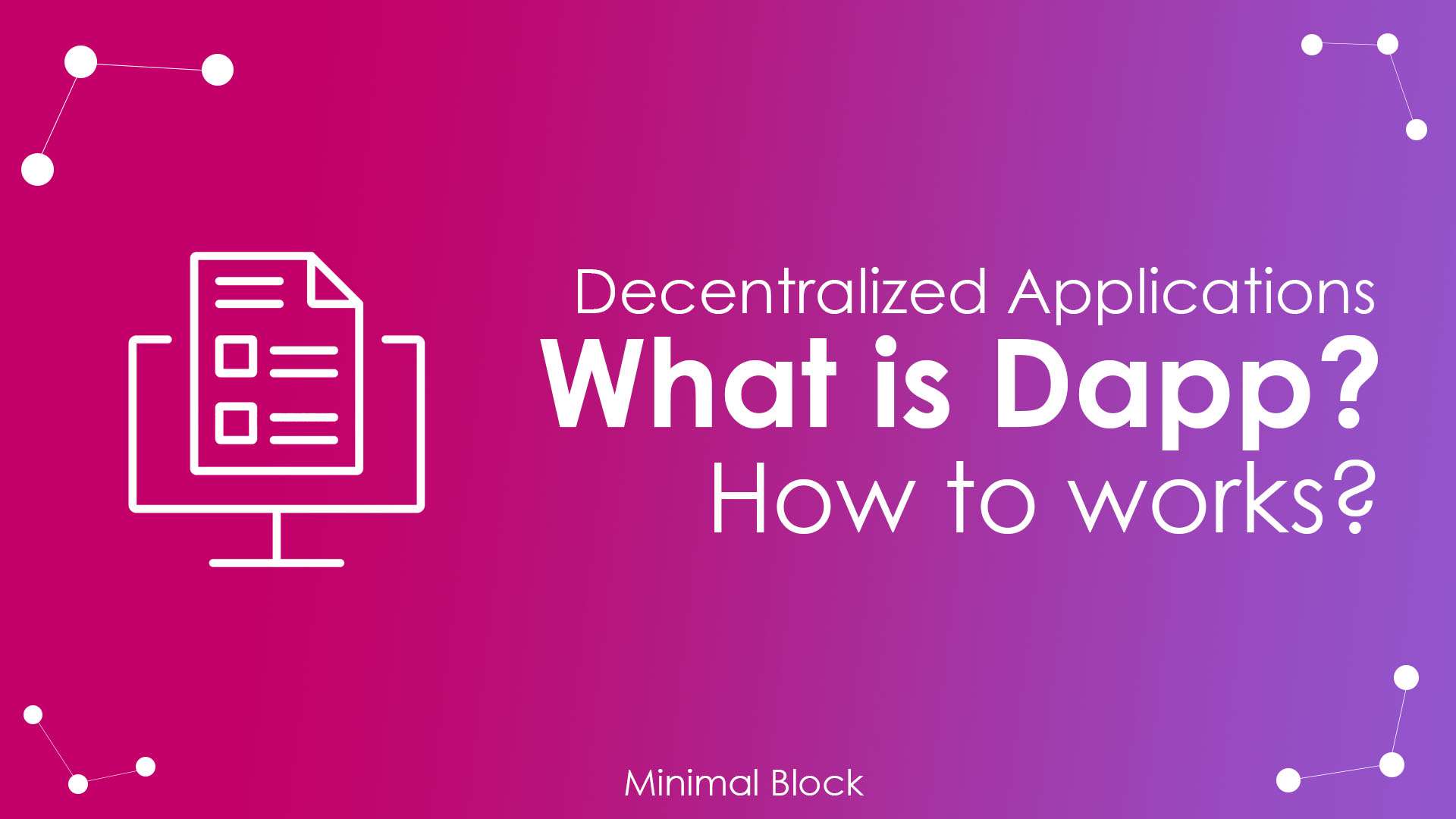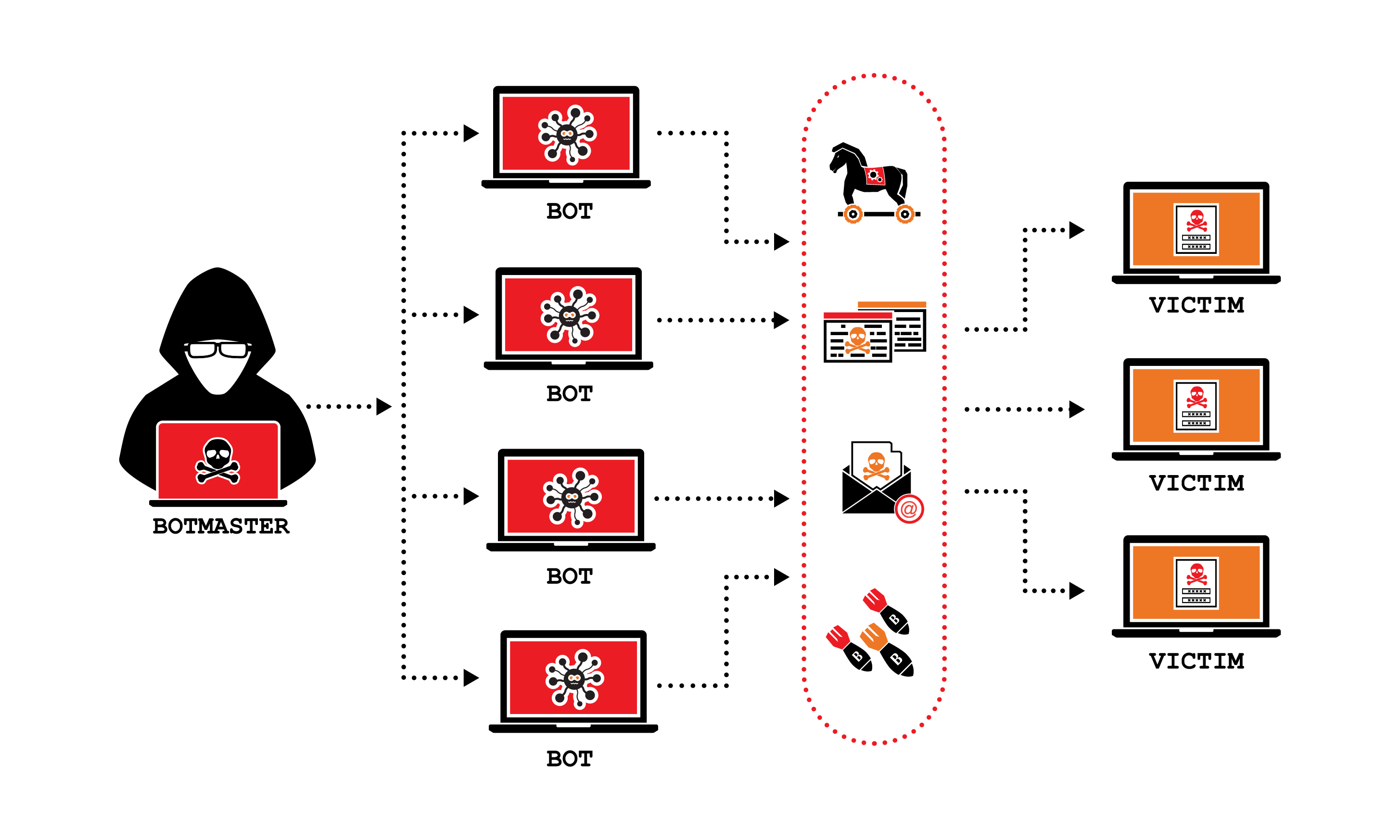Centralized apps are the applications that entered into our lives, and their software is controlled and programmed from one hand. Authentication in the centralized apps is done by the service provider. They are private, closed-source applications which the popular social media platforms of our day, banks, and the government offer.
Centralized apps can be run by one computer or by multiple computers that are in the different locations distributed. In both cases, however, a single service provider is chosen.
DApps (Decentralized Applications) are smart software that, unlike conventional centralized applications, are not controlled by a single institution and are stored in open source and peer-to-peer (P2P) networks. DApp software which are entered our lives with the blockchain technology are different from the software of the normal centralized apps in many aspects, and they have several advantages and disadvantages.
- They are distributed and decentralized; it runs on multiple computers and guarantees system continuity in the presence of diverse attacks.
- They are open-source coded. Thus, they can be developed and modified by the network's programmers.
- Authentication is not needed.
- They prioritize transparency and the security of information. By this way, the status of transactions can be monitored.
- They are censorship resistant. The government, developers, platforms, and third parties have no access to the information shared with the DApp application.
- Any kind of technology can be used to develop the front end of decentralized app. Yet, a P2P blockchain network software must be used for the back end.
Decentralized apps are programmed by smart contracts. They bring together two parties without the need for a third party. As a result, time and cost saving are maintained. Due to the reason of they are being open-sourced, any developers who are on the network can contribute to software, and the software can develop itself.
DApps are run on the blockchain networks, so, they are decentralized; and because of their distributed system, they can be available on computers in different locations. Hereby, when a damage occurs to one or more computers, the operation of the system and the security of the information will not under threat. However, it is needed to be reminded that increasing the number of users in the blockchain network is important in that situation. Because the increase in the number of the users on the network means that blockchain expands into a larger area, and the possibility of an attack decreases 51%.
In addition to the numerous advantages of decentralized applications (DApps), they are experimental, and the obtained information is not sufficient since it is a product of a new technology, Blockchain.
It is stated earlier that decentralized apps being open-source coded is an advantage. The situation is somewhat different from a different viewpoint. Consider the case when a malicious programmer has access to a decentralized application's (DApp) network and can inspect all software from beginning to end. They can financially and morally harm users in the network by exploiting the vulnerabilities they detect, destroying the trust between the application and its users.
It is quite difficult to make changes to DApps software once it has been released. For this reason, its developers need to be careful when planning and coding the first version. Otherwise, it would be tiresome to find solutions for security bugs and errors.
Cryptokitties is a DApp that allows its players on the network to feed, breed, and be sold the virtual cats.
Zedrun is the first horse racing game on the blockchain network. The game progresses as the players build barns, buy animals, feed and breed them. The prizes that are gained by the players as a result of races are paid them as cryptos on the decentralized networks.
Aave is an open-source decentralized finance (DeFi) protocol. It aims to be the national lending application.
Zapper.fi is an interface application that connects different decentralized finance (DeFi) protocols. It helps you to carry out a variety of transactions using your connected crypto wallet. In some ways, it resembles a banking application.
Rarible is an interface application that enables users to buy, sell and create NFTs (Non-Fungible Token).
Whiteboard Crypto is an education interface that explains the crypto-finance terms in a simplified, narrated way.
Day after day, the amount and availability of decentralized applications increases. Since DApps are a product of a new technology, it is experimental, and sometimes can cause different problems. (Such as Cryptokitties app slowing down the Ethereum network.) Beyond these kinds of problems, the trust and freedom it provides to the users on the network shows that the priority given to decentralized applications is not far away. It is able to minimize the disadvantages of decentralized apps using the knowledge acquired during this experimental process.











Yorumunu Bırak
Comments
0 CommentsHenüz yorum yapılmamış. İlk yorum yapan sen ol.